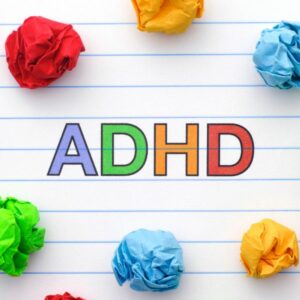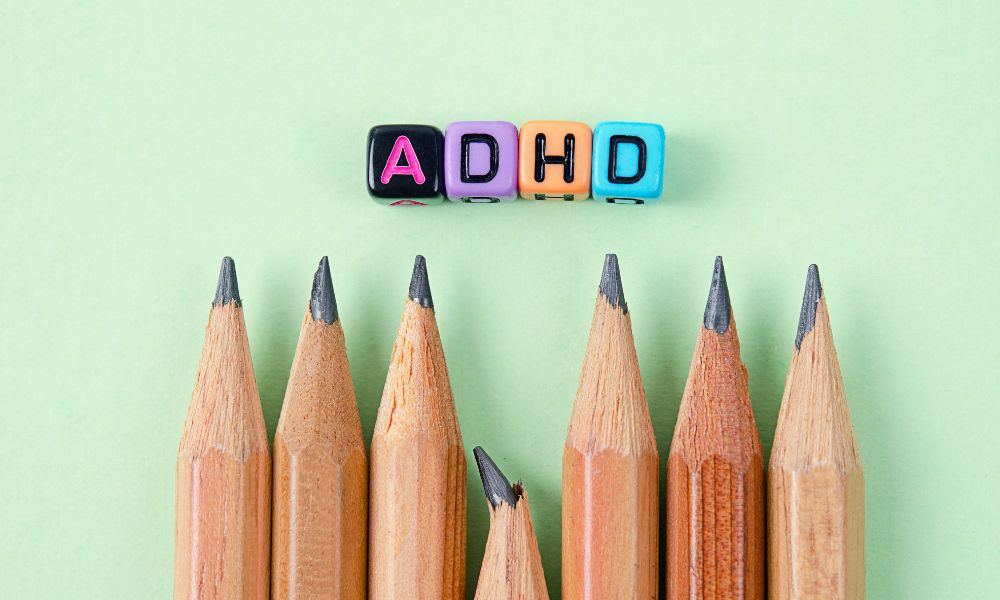
03 May 10 Most Common 504 Accommodations for ADHD
10 MOST COMMON 504 ACCOMMODATIONS FOR ADHD

ADHD can affect the way students perform in the classroom. Regardless of their age, the symptoms of ADHD can lead to poorer grades and overall learning experience. But with the right environment, a student with ADHD can thrive and succeed.
What is a 504 plan?
The United States provides a legal document that outlines how to deal with the educational needs of a student with a disability. This framework, known as the 504 plan, is part of the Rehabilitation Act of 1973.
The 504 plan assures flexible arrangements for students with disabilities. Added breaks, special seating arrangements, or assistive technology are examples of providing equal opportunities and better learning experiences.
The aim is to assure students with disabilities have equal opportunities and resources as others. Implementing the plan can avoid discrimination and to a healthier and more inclusive environment at school.
What are some ADHD symptoms in the classroom or school?
1. Inattention
Trouble paying attention to details. Due to a lack of focus, students with ADHD may repeat the same mistakes. It can also result in poor listening skills and problems following the lecture.
2. Hyperactivity
One of the symptoms of ADHD is the need to move frequently. Sitting in the classroom for a long period may take a toll on the health of a student with ADHD. They might squirm in their seats or interrupt others while they are talking.
3. Memory
Remembering details can be the trickiest part of having ADHD. They may require repetition of instructions or even reminders due to forgetfulness. Learn what working memory is and some strategies to improve your working memory.
4. Organization
Losing track of time goes hand in hand with memory issues. A student with ADHD may struggle to complete tasks on time and commit to deadlines. Similarly, the lack of organization may also show mismanagement of personal belongings.
5. Impulsivity
A student with ADHD can have self-control issues. They might be prone to blurting out answers or acting without thinking. So it’s essential to remember that these tendencies might turn into outbursts or tantrums.
It’s important to understand and empathize with the above five symptoms. Individualized support can help struggling children give their best in social and academic spheres.

10 Most Common 504 Accommodations for ADHD Students
The 504 plan serves as a blueprint. It can look different for every student, depending on their experiences and needs. So conducting evaluations and assessments is recommended before constructing a well-detailed plan.
You can arrange as many as 72 accommodations for students with ADHD.
Below are a few specific arrangements for ADHD students that can fall under the 504 plan.
Hyperactivity and Impulsivity
1. Include specially designed furniture.
Some chairs can include built-in tools such as levers for moving the feet. The student can fidget without causing a disturbance. Teachers should also consider offering alternative seating options for students with ADHD, such as standing desks or fidget tools like stress balls or squishy toys. These tools can allow students to release excess energy while still engaging in learning activities.
2. Introduce a structure that works for them.
One accommodation that has proven effective is establishing consistent routines and schedules. Students with ADHD benefit from structure and predictability, as it helps them anticipate what comes next and reduces anxiety about unexpected changes.
Memory and Organization
3. Use time slots
A timer can be useful for displaying classroom schedules. These may include details of daily activities and help the student follow a pattern better. A student with ADHD will find the routine as a guide – but make sure to have room for some spontaneity as well (breaks and time to go through thought processes).
4. Provide verbal cues as prompts.
Verbal cues can be as helpful as visual timetables. One way to do it is to allow the student to prepare for the next activity mentally. Making an announcement approximately five minutes before the next time slot can prevent anxiety and feeling overwhelmed.
Include Additional Materials and Assignments
5. Create checklists
Firstly, creating a designated study space can significantly improve an ADHD student’s ability to focus and stay organized. It could involve setting up a desk area with minimal distractions or providing noise-canceling headphones if necessary.
6. Add organizational elements to their workspace.
Using color-coded folders for different subjects or assignments can help streamline the organization and make it simple for students to find what they need quickly.
Impulsivity and Hyperactivity
7. Add breaks to the student’s schedule.
Frequent breaks can help students with ADHD. Giving around 5 to 10 minutes could help them recharge every 20 to 30 minutes during class. It also gives them time to engage in relaxing activities such as deep breathing or stretching. Learn more about Pomodoro technique.
8. Encourage the student to voice their opinions.
Encourage the student to participate in class discussions. Ask them to share their thoughts and actively contribute to group projects. It will boost their confidence, and they can communicate their ideas better.
Social Accommodations
9. Protect from bullying.
Social accommodations are crucial for fostering the comfort and engagement of ADHD pupils in the classroom. By fostering group projects and teamwork among all students, including those with ADHD, teachers may promote a sense of community.
Additionally, it’s critical to give clear instructions so that everyone understands what to expect from a task or lesson. All students experience less stress when teachers communicate well and consistently.
Educators should consider providing regular feedback to their ADHD students on their academic achievement and the growth of their social skills. This kind of feedback can reinforce positive behavior.
10. Assign them a helping peer.
Overall, the focus should be to make the experience as inclusive as possible for someone who struggles with ADHD. The better their learning, the more likely they will grow and have equal opportunities for leadership roles at school and otherwise.

Conclusion: How the 504 plan can help students with ADHD
ADHD planners for students can help manage life and school at home. It is a powerful tool for organization, time management, and prioritizing tasks. Your stress and anxiety levels can reduce as you regain control of your life.
Remember to pick between a paper planner and a digital app. Compare the pros and cons, then select the one that suits your needs better. Please don’t rush into filling in immediately; take a moment to personalize the planner and establish a routine to go through it.
With time, you will find it easier to be consistent. Contact a mental health professional if you find your symptoms hard to manage while using a planner.
Craig Selinger
Latest posts by Craig Selinger (see all)
- Psychotherapy and Support Services at Cope With School NYC - April 12, 2024
- NYC Parents of Teens Support Group - April 8, 2024
- Here I Am, I Am Me: An Illustrated Guide to Mental Health - April 4, 2024


No Comments